Give the decreasing order or reactivity for the elimination with strong bases of RX(X=F,XI,Br,and I).
b. How is this information important to decide between E2 and E1cB?
Whenever R.D. transition step involves breaking of the (C−X) bond, the rate is directly related to the leavvbility of XΘ, which in turn is related to its basicity. The weakest base is the bast leaving group and is in the following order:
IΘBrΘ>CIΘ>FΘ
The order of reactivity is RI>RBr>RCI>RF.
b. In EIcB, the expulsion of CΘ occurs in the fast second step and the rate of the overall reaction is independent of the leavability of X.
Therefore, all RX react with the same rate.
In E2 the expulsion of XΘ occurs in the R.D.S. and the nature of X influences the rate.
Topper's Solved these Questions
- ALKENES AND ALKADIENESBOOK - CENGAGE CHEMISTRYCHAPTER - ALKENES AND ALKADIENESEXERCISE - EXERCISES
29 Videos
- ALKENES AND ALKADIENESBOOK - CENGAGE CHEMISTRYCHAPTER - ALKENES AND ALKADIENESEXERCISE - linked Comprehension Type
38 Videos
- ALKENES AND ALKADIENESBOOK - CENGAGE CHEMISTRYCHAPTER - ALKENES AND ALKADIENESEXERCISE - Single correct Answer
14 Videos
- ALKANES AND CYCLOALKANESBOOK - CENGAGE CHEMISTRYCHAPTER - ALKANES AND CYCLOALKANESEXERCISE - Archives
13 Videos
- ALKYNESBOOK - CENGAGE CHEMISTRYCHAPTER - ALKYNESEXERCISE - Exercises (Archives - Analytical and Desriptive Type)
4 Videos
Similar Questions
Give the decreasing order of acidic character of the following :
(a)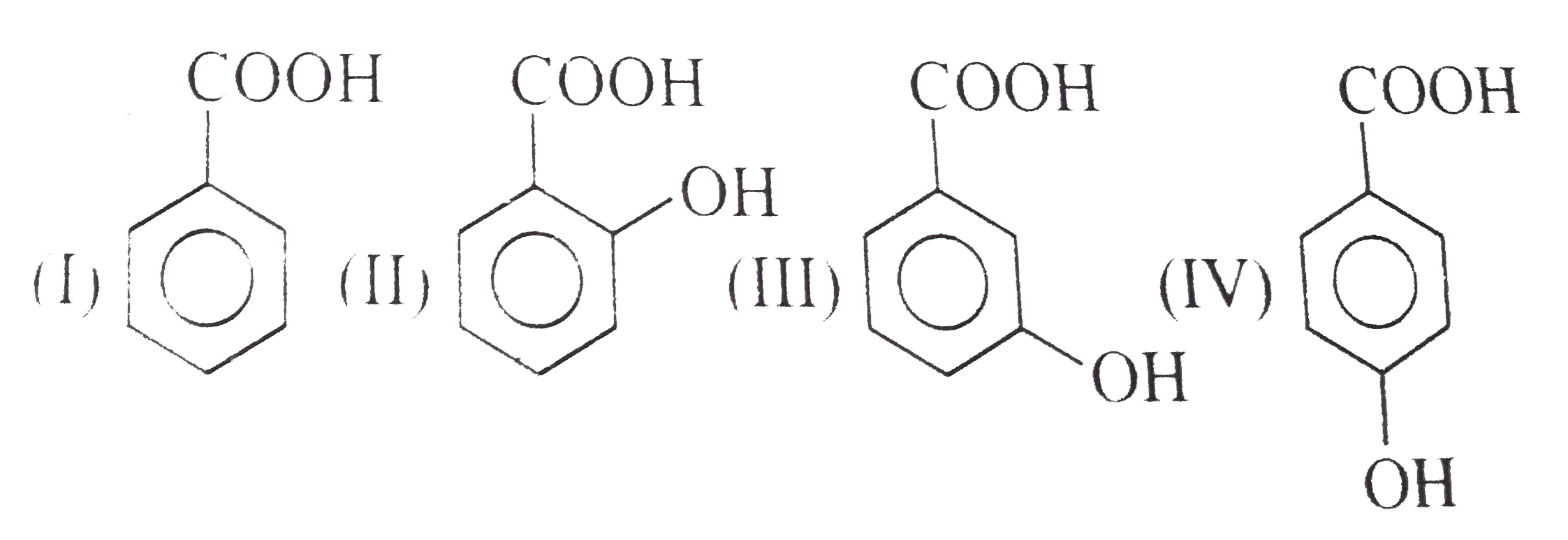
(b)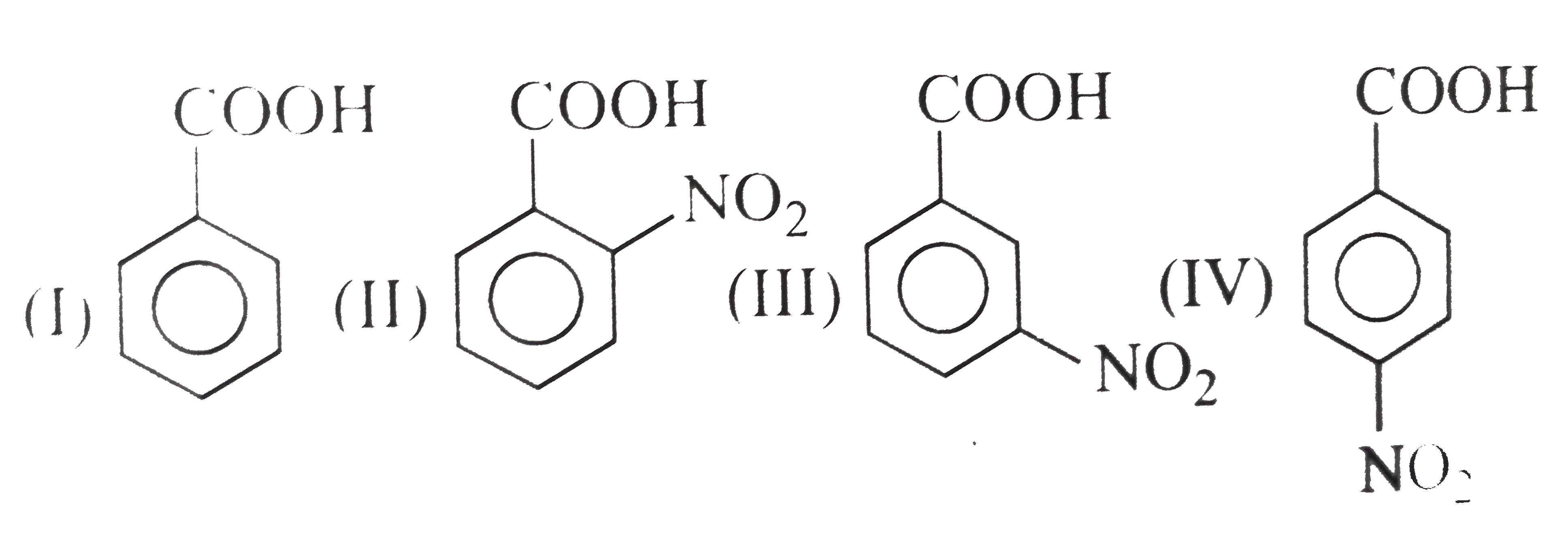
( c)
(d)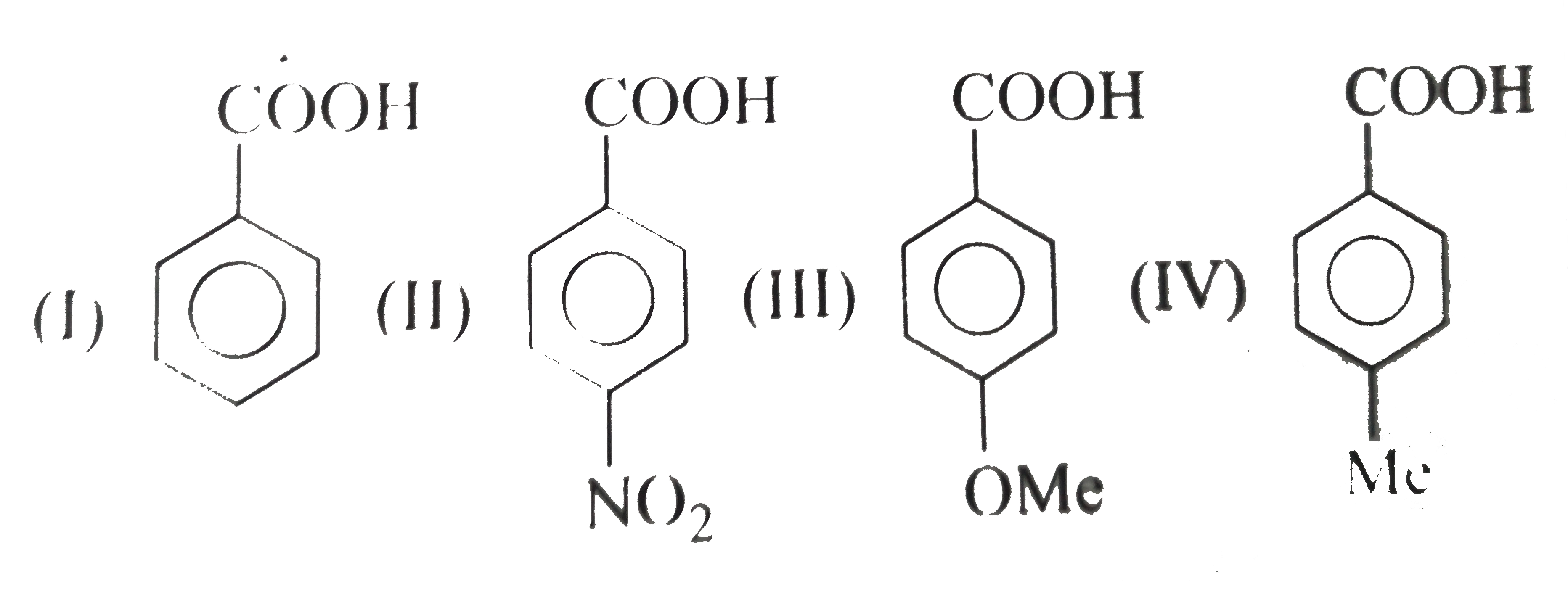
( e)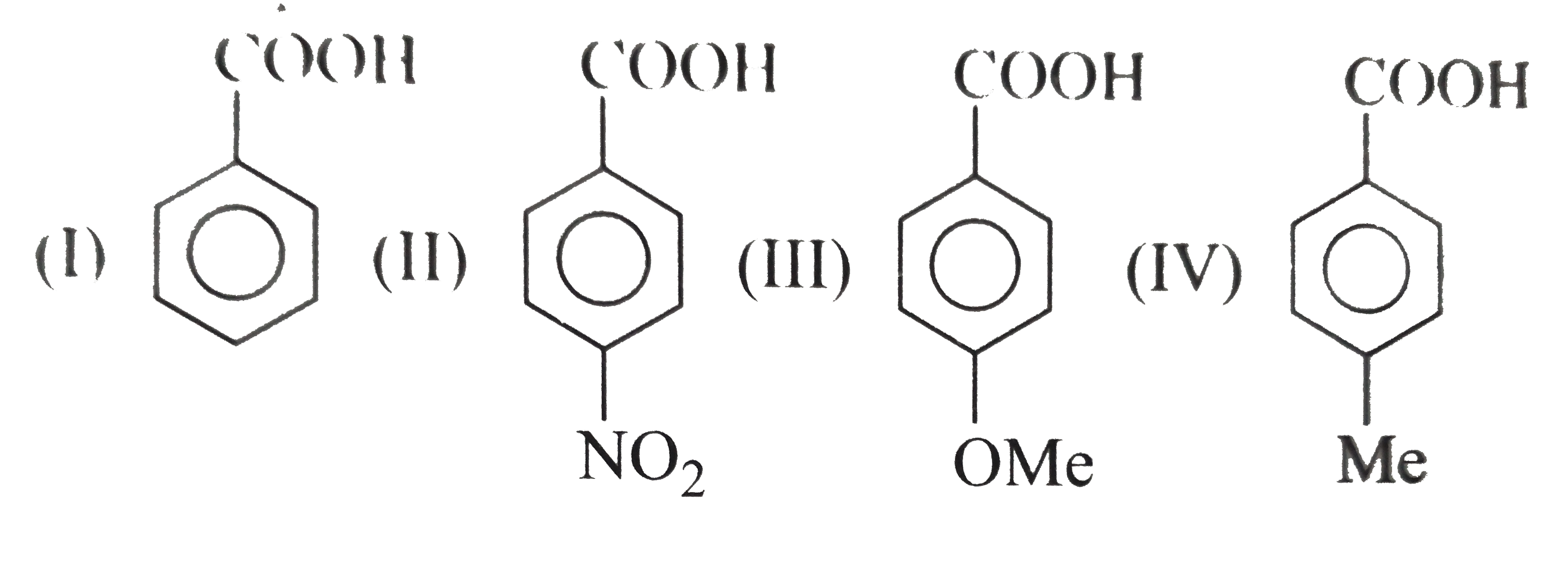
(f) .
.
View SolutionGive the order of reactivity towards E2 dehydrohalo-genation of the following.
a. i. C2H5Br
ii. C3H7Br
iii. Isobutyl bormide
iv. Neopentyl bromide
b. i. 2− Bromo −2− methybutane
ii. 1− Bromo pentane
iii. 2− Bromo pentane
iv. 3− Bromo pentane
View Solution
Knowledge Check
E represents an element belonging to boron family.
2E+3X2→2EX3(X=F,Cl,Br,I)AOxidation state of E in all EX3 is +3BAll EX3 are predominantly ionicCTi does not form TIX3 as TI+1 is more stable than TI+3DThere exists some EX3 for which E shows +1 oxidation state.Nine boxes named A,B,C,D,E,F,G,H and I are placed on above other but not necessarily in the same order. Only five boxes are placed between A and C . E is placed immediate above C. Only three boxes are placed between E and D. as many boxes placed between A and D as between B and E . F is placed below B , but not a bottom . more than four boxes are placed between E and F . one box is placed between F and G. box I is placed above box H.
If in a certain way D is related to I and A is related to H then by which among the following B is related ?AC and HBI and FCF and DDD and INine boxes named A,B,C,D,E,F,G,H and I are placed on above other but not necessarily in the same order. Only five boxes are placed between A and C . E is placed immediate above C. Only three boxes are placed between E and D. as many boxes placed between A and D as between B and E . F is placed below B , but not a bottom . more than four boxes are placed between E and F . one box is placed between F and G. box I is placed above box H.
if in a certain way D is related to I and A is related to H then by which among the following B is related ?AABGCCDE
(a) Arrange alkyl halides water and alkane in order of decreasing density .
(b) Arrange chloromethanes and water in order of decreasing density.
(c) Arrange MeX in order of decreasing bond length.
(d) Arrange MeX in order of decreasing bond strength.
(e) Arrange MeX in order of activity.
(f) Arrange alkyl halides (1∘,2∘,3∘) in order of decreasing SN2 reactivity.
(g) Arrange the order of reactivity of alcohols towards HX.
(h) Arrange the decreasing order of reactivity in haloforms.
(i) Arrange the following isomeric bromides in order of decreasing reactivity in SN2 displacement:
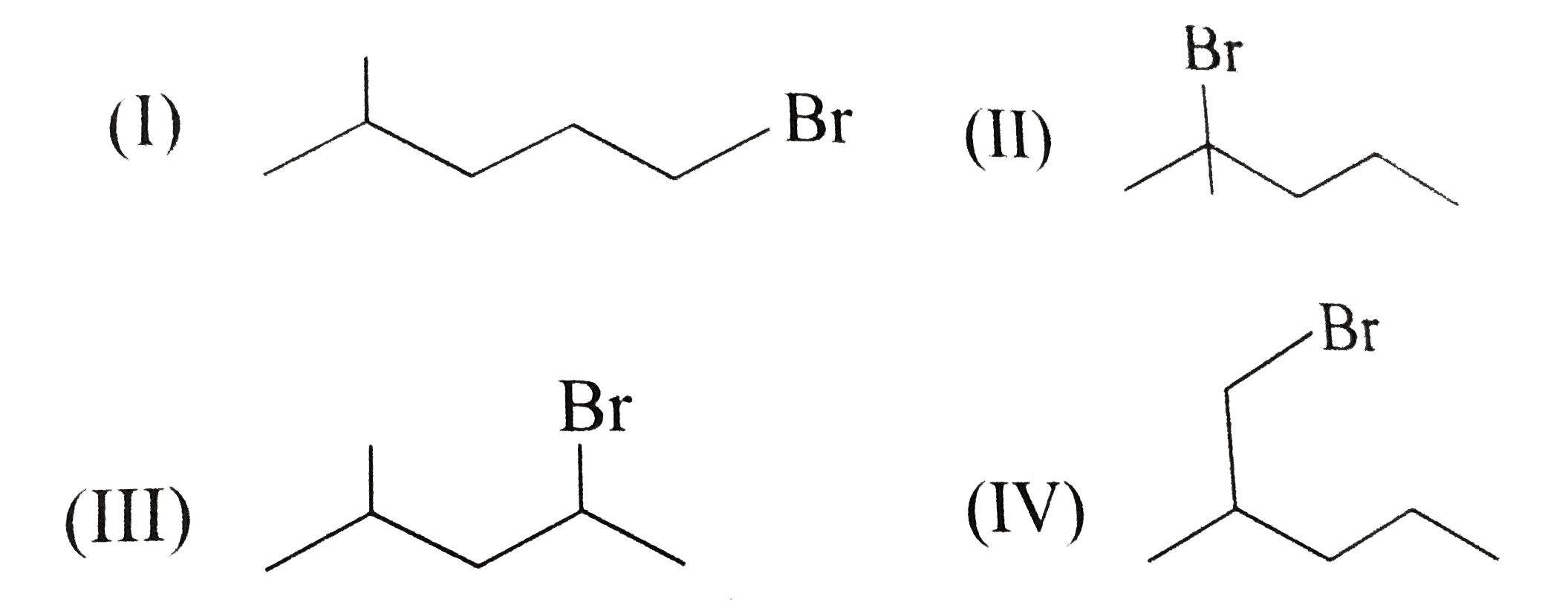
(b) 2-Bromo-2- methylbutane(I),1−Bromopentane(II),
2−Bromopentane(III)
(C)1−Bromo-3-methylbutane(I),2−Bromo-2-methylbutane(II)
2−Bromo-3-methylbutane(III)
(d)1−Bromobutane(I),1−Bromo-2- methylbutane(II)
1−Bromo -3- methylbutaneIII
1−Bromo-2,2-dimethylpropane(IV)
View SolutionA, B, C, D, E and F are seated in a circle facing the centre. A and C are seated adjacent to each other and E and B are also seated adjacent to each other. B is to the immediate left of F. There are two persons between D and E. A is not seated adjacent to E.
How many persons are seated between F and E if we go anticlockwise from F to E ?
1) 1
2) 2
3) 3
4) Cannot be determined
5) None of these
View SolutionGive the decreasing order of reactivity of the following towards hydrolysis (or nucleophilic acyl substitution) :
(i) (I) PhCOOMe
(II)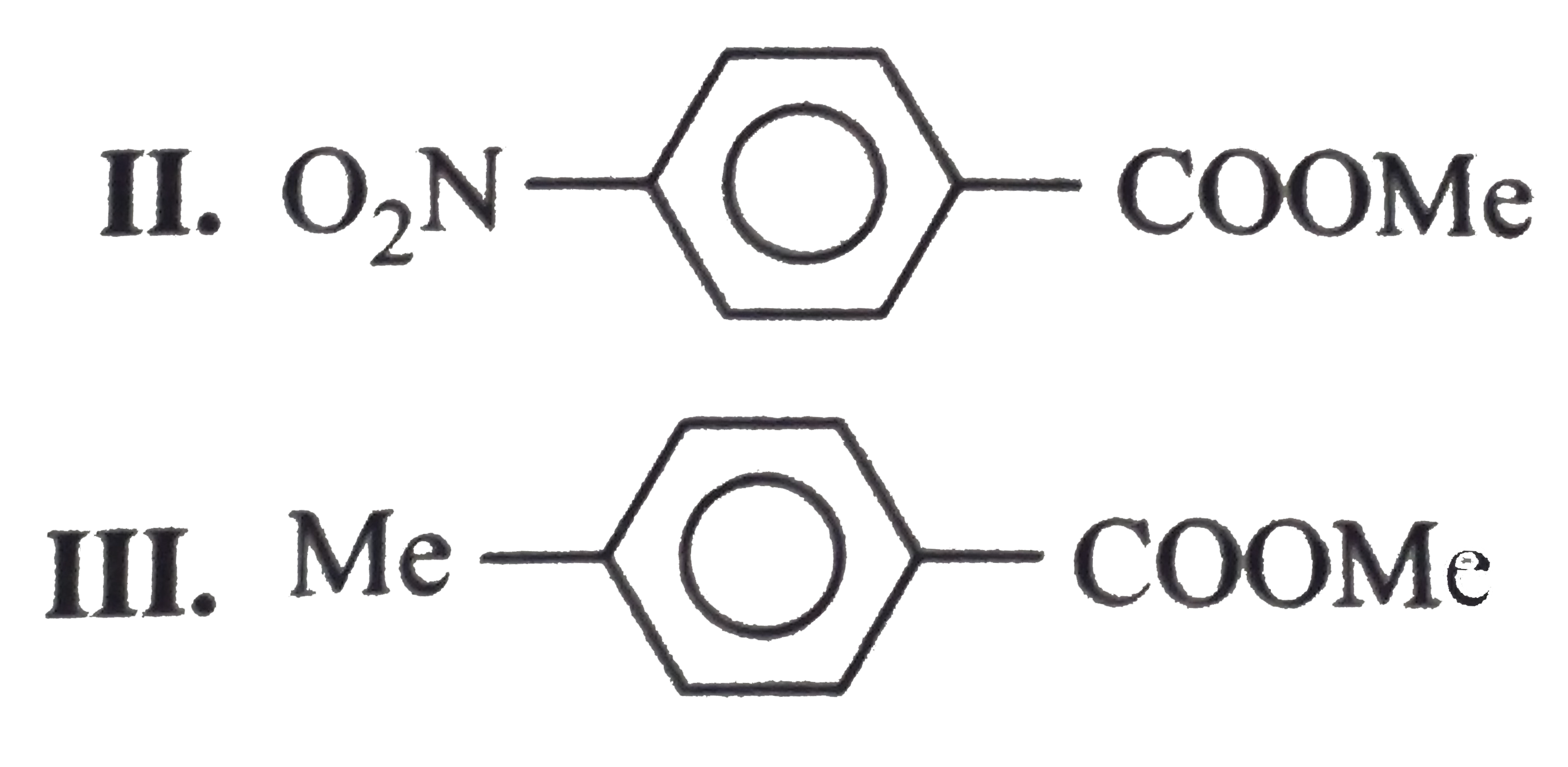
(II)
(IV)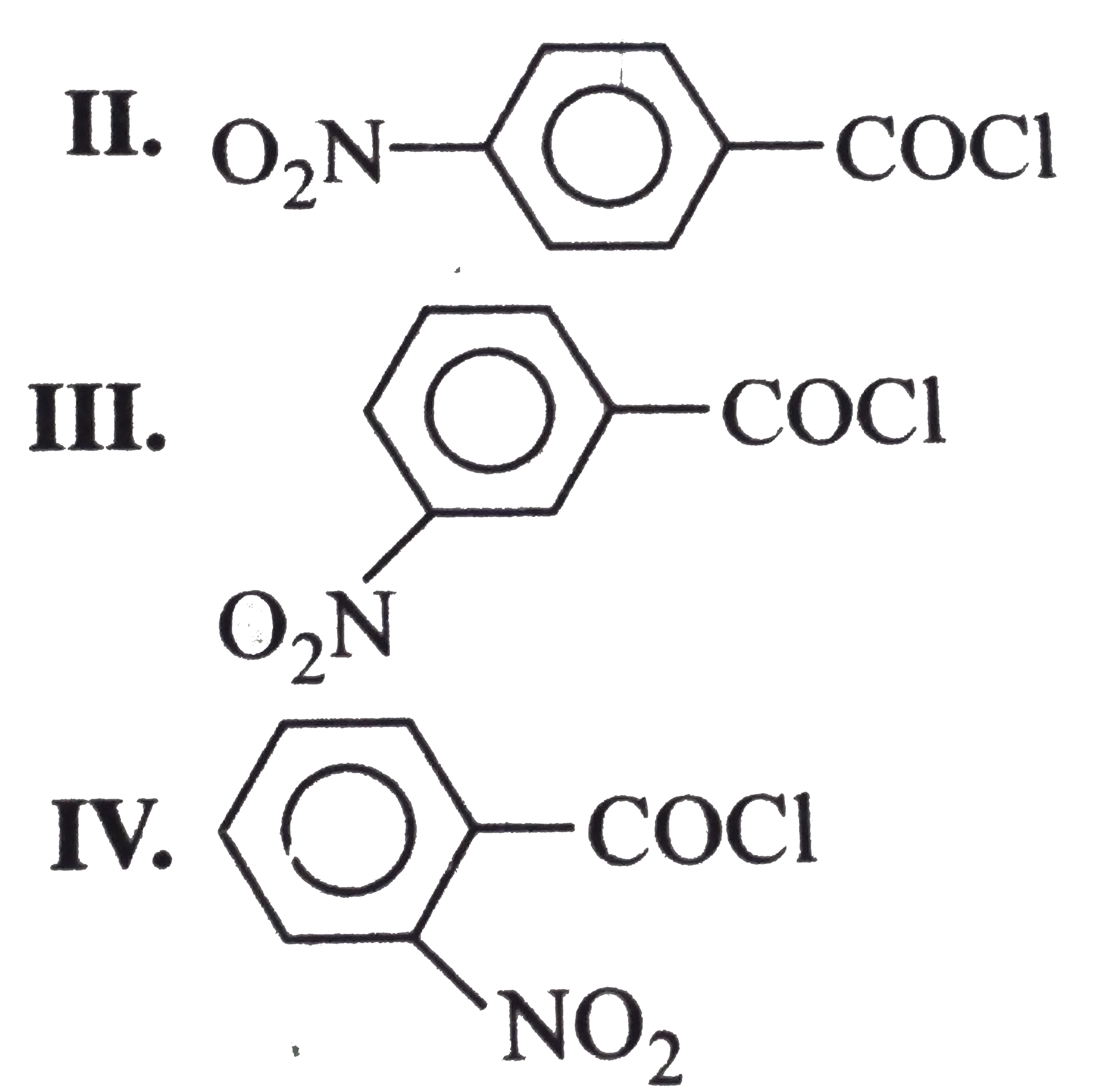
(ii) (I) PhCOCl
(II)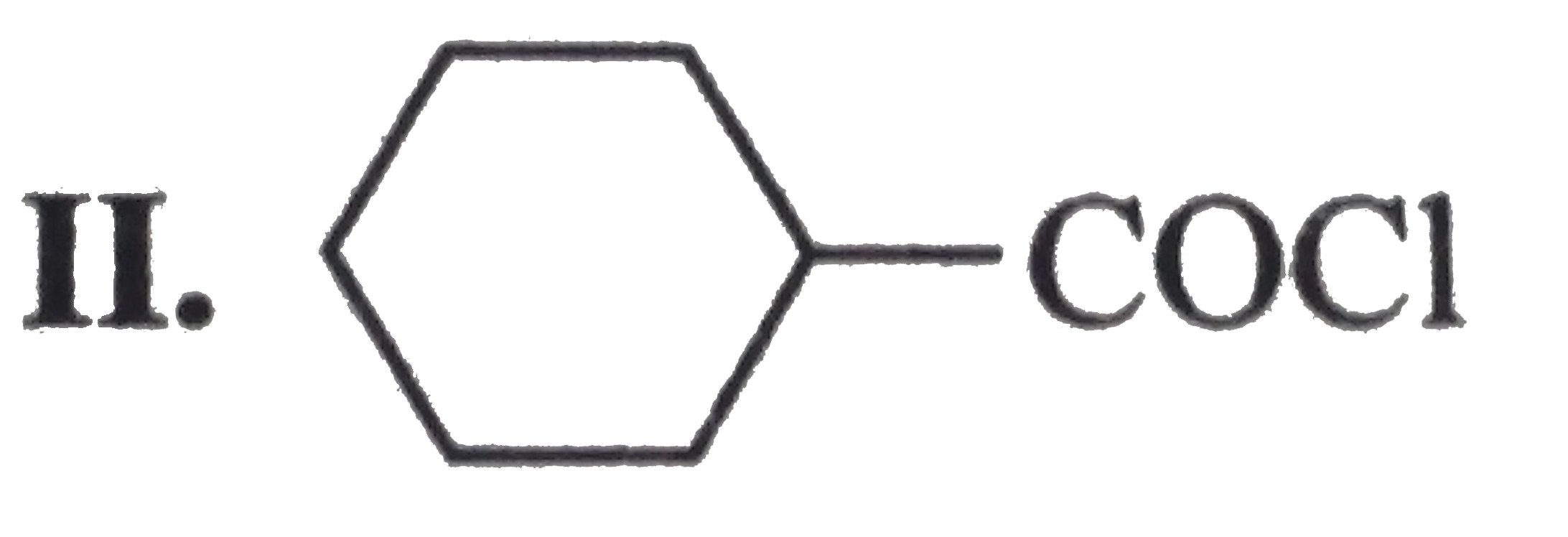
(iii) (I) PhCOCl
(III) Me2CHCOCl
(IV) Me3C−COCl.
(b) Give the decreasing order of transacylation reactivities and nucleophilic acyl substitution reactivities fo the following :
(I) MeCOCl
(II) MeCON3
(III) (MeCO)2O
(IV) MeCOOMe
(V) MeCONH2.
View SolutionIf A,B,C,D,E,F,G,H,I,J and K represetnt metals in the decreasing order of their reactivity, which one of them is most likely to occur in a free state in nature?
View SolutionNine boxes named A,B,C,D,E,F,G,H and I are placed on above other but not necessarily in the same order. Only five boxes are placed between A and C . E is placed immediate above C. Only three boxes are placed between E and D. as many boxes placed between A and D as between B and E . F is placed below B , but not a bottom . more than four boxes are placed between E and F . one box is placed between F and G. box I is placed above box H.
How many boxes are placed between I and A ?
View Solution
